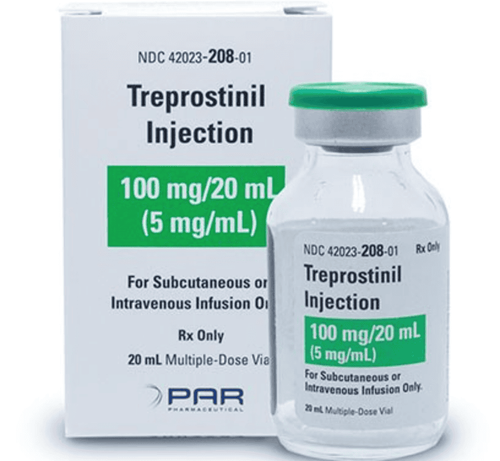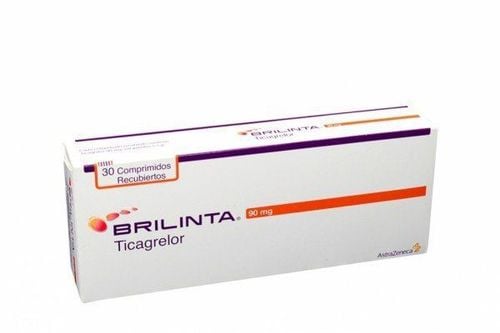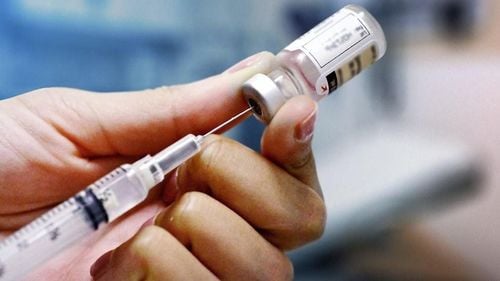This is an automatically translated article.
Vinphacol medicine contains Tolazoline and is used to treat persistent pulmonary hypertension in infants. The mechanism by which Vinphacol is administered intravenously is vasodilatation, mainly by direct action on vascular smooth muscle and cardiac stimulation. What should be noted before using Vinphacol?
1. What is Vinphacol?
Vinphacol contains Tolazoline and is indicated for the treatment of persistent pulmonary hypertension in neonates when systemic arterial oxygen cannot be maintained satisfactorily. Vinphacol has a clear vasodilator effect thanks to its direct effect on blood vessels and increases cardiac output. Accordingly, Vinphacol may interact to some extent with histamine, adrenergic and cholinergic receptors, but the mechanism of therapeutic action is still unclear.Vinphacol is optimal when used under the direction of a professional doctor. Here, during treatment, pediatric patients need to be monitored and maintained vital signs, oxygenation, blood acid-base status, fluids and electrolytes.
In addition, Vinphacol is also used in the treatment of:
Arteriosclerosis, Peripheral vascular disease Persistent fetal circulatory syndrome Raynaud's disease Generalized scleroderma, Thrombophlebitis Obliterans Thrombophlebitis
2. How to use Vinphacol?
The dose of Vinphacol or Tolazoline to be used must be exactly as prescribed by the doctor. Follow the directions on the medicine label carefully. Accordingly, the Vinphacol drug with the dose recommended by the doctor will be based on the following factors:
Medical condition being treated Other medical conditions or co-morbidities Other drugs being taken Ability to respond Responding to Drugs Weight, Height Age and Gender The usual dose of Vinphacol taken by mouth for peripheral vascular disease in adults is 25-50 mg 4 times a day.
Usual dose of intravenous Vinphacol for pulmonary arterial hypertension: Neonates: Initially 1 mg/kg by intravenous injection over 2-5 minutes. This is followed by a continuous intravenous infusion of 200 mcg/kg/hour (diluted with 5% glucose or 0.9% sodium chloride) if necessary. Monitor blood pressure closely. Doses above 300 mcg/kg/hour are associated with cardiotoxicity and renal failure.
Peripheral Vascular Disease: Adults up to 50 mg by slow intra-arterial intravenous injection.
Usual dose of endotracheal Vinphacol for pulmonary arterial hypertension in neonates: 200 mcg/kg diluted with 0.5-1 ml of 0.9% sodium chloride for injection.
3. Vinphacol side effects
The following adverse reactions have been observed when taking Vinphacol:
Cardiovascular: Hypotension, tachycardia, arrhythmia, hypertension, pulmonary hemorrhage. Gastrointestinal and liver: Gastrointestinal bleeding, nausea, vomiting, diarrhea, hepatitis. Skin: Flushing, increased motor activity with tingling or chills, rash. Hematology: Thrombocytopenia, leukopenia. Kidney: Renal failure, edema, oliguria, hematuria. In short, Vinphacol drug has Tolazoline as an ingredient. This is a non-selective vasodilator that has been used for several decades to treat pulmonary hypertension in infants. The main effect of Vinphacol is as a competitive α-adrenergic antagonist. The use of drugs needs to be precise in terms of dosage and route of administration according to each disease in order to achieve optimal drug response and limit adverse effects.













